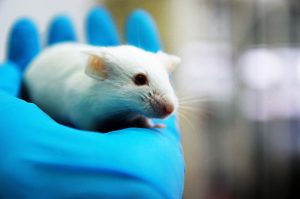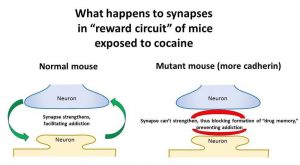Just imagine, a group of hunters comes across a mummified ice body aged hundreds of years old and you might just be related to this ancient artifact. One may be skeptical about how this unknown body can possibly be related to, but in this day and age science and technology have opened the doors to many extraordinary phenomena, including the analysis of mitochondrial DNA (mtDNA) to trace the descendants of unknown bodies like the famous Kwäday Dän Ts’ìnchi, also known as the Canadian Iceman.

Excavation of the Kwäday Dän Ts’ìnchi in BC. Source: Sarah Gaunt (CAFN)
Maria Monsalve, a senior instructor for the Faculty of Medicine at the University of British Columbia, completed her post-doctoral training at the University of Cambridge on ancient remains. Her interest and love for mummies allowed her and her colleagues’ proposal from being the first to be chosen to study the Kwäday Dän Ts’ìnchi’s tissue samples. Dr. Monsalve’s breakthrough using mtDNA analysis of the Kwäday Dän Ts’ìnchi was used to trace back many of the Kwäday Dän Ts’ìnchi’s common descendants.
We had the opportunity to interview Dr. Monsalve about her research on the Kwäday Dän Ts’ìnchi to clarify some of the complex concepts and techniques that were used during her study. In this video, Dr. Monsalve describes how she was able to come across working with the tissue samples of the Kwäday Dän Ts’ìnchi as well as the advantages of using mtDNA analysis for investigating ancient preservations.
It is well known that DNA can provide a variety of information regarding the past and present history of one’s family tree but the testing of mtDNA for the analysis of forensic samples is quite striking and unexpected. Mitochondrial DNA has multiples copies, unlike nuclear DNA which only has a single copy. This allows mtDNA to be incredibly useful for forensic analysis of ancient remains since the probability of mtDNA from being degraded from weather factors such as UV radiation and humidity is much lower than nuclear DNA. Not only does having several copies of mtDNA allow it to be highly useful when investigating ancient tissue samples, but the maternal transmission of mtDNA allows the common mtDNA lineage to be used to trace back the common descendants of ancient mummies.

Mitochondrial DNA (mtDNA). Source: Wikipedia
Through this podcast, Dr. Monsalve thoroughly describes the precautions and steps that were used when extracting and sequencing the mtDNA lineage of the tissue samples of the Kwäday Dän Ts’ìnchi in the UBC pathology lab.
![]()
Although Dr. Monsalve has limited time, the phenomena of mtDNA allowed her and her committee to find 17 descendants in the BC area that was related to the Kwäday Dän Ts’ìnchi. It is technology and breakthroughs like this that allows us to investigate the past and present wonders of life and give a glimpse of what life might have been like hundreds of years ago.
Project by: Jasmine Hyun, Linjian Li and Ran Bi (Group 6)
















 Actually, as
Actually, as  However, this process takes long time for tumors in large body size organisms to evolve and then reach the large enough lethal size. The longer time to reach the lethal size allows more time for organisms to repair cells so whales are able to repair the cancer cells before they becoming lethal. Therefore, even though it is more likely for whales to have cancer cells, these cancer cells are less lethal while cancer cells in human being’s body are more easily become lethal.
However, this process takes long time for tumors in large body size organisms to evolve and then reach the large enough lethal size. The longer time to reach the lethal size allows more time for organisms to repair cells so whales are able to repair the cancer cells before they becoming lethal. Therefore, even though it is more likely for whales to have cancer cells, these cancer cells are less lethal while cancer cells in human being’s body are more easily become lethal.